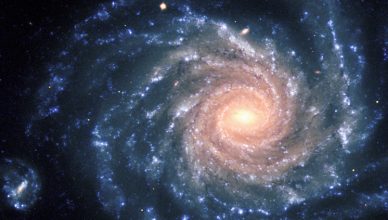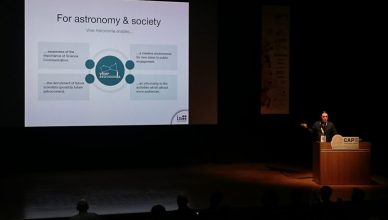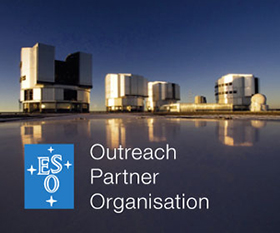
Uncovering the birthplace of the Sun in the Milky Way
An international team, which includes the Instituto de Astrofísica e Ciências do Espaço (IA) researcher Vardan Adibekyan, has discovered a way to estimate
Read more

Groundbreaking study sheds new light on galaxy evolution
Researchers of Instituto de Astrofísica e Ciências do Espaço (IA) have found strong indications that the two different types of bulges in the center of spiral galaxies are not the result of distinct formation processes, but actually the opposite ends of a continuous formation timescale, inversely related to the total mass of the galaxy.
Read more

Portuguese scientists in NASA mission to hunt exoplanets
The TESS satellitte, expected to launch next Monday has the involvement of several researchers from Instituto de Astrofísica e Ciências do Espaço (IA).
Read more

The communication of Astronomy done at IA was present at the largest ever conference in this field
The Instituto de Astrofísica e Ciências do Espaço (IA) was present at the Communicating Astronomy with the Public 2018 Conference, which was held in Japan between the 24th and the 28th of March
Read more

3D map of the Universe in its infancy reveals 4 thousand young galaxies
An international team, with the participation of the Instituto de Astrofísica e Ciências do Espaço (IA) researcher Ana Afonso and led by IA’s collaborator
Read more

Characterization of an aquatic world on an exoplanetary system
A team of astronomers from 11 countries, led by researchers from Instituto de Astrofísica e Ciências do Espaço (IA), determined with precision the
Read more

Another Mercury, but as large as Earth
Mercury’s oddity might be common outside the Solar System, according to a study in which took part a team of the Instituto de Astrofísica e Ciências do Espaço (IA).
Read more


